Our Blog
Category: Technical
Explore the latest insights, tutorials, and innovations in the world of technology, coding, and development. Stay updated with in-depth articles and how-tos focused on solving real-world technical challenges.


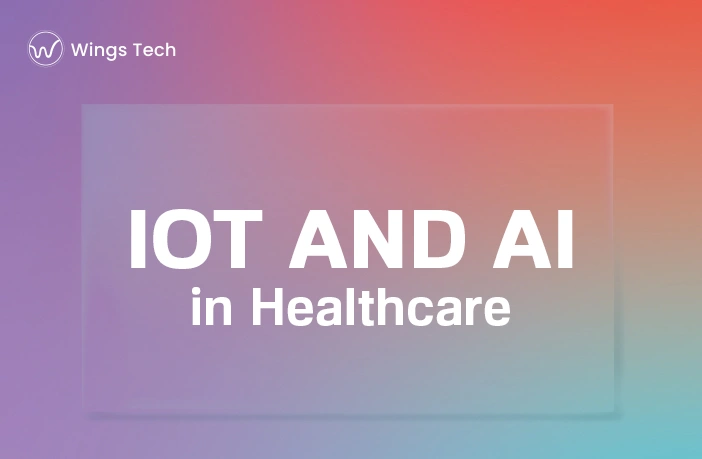
Currently, Artificial Intelligence is becoming a hot topic, and IoT integration is becoming a common practice among companies. The healthcare…
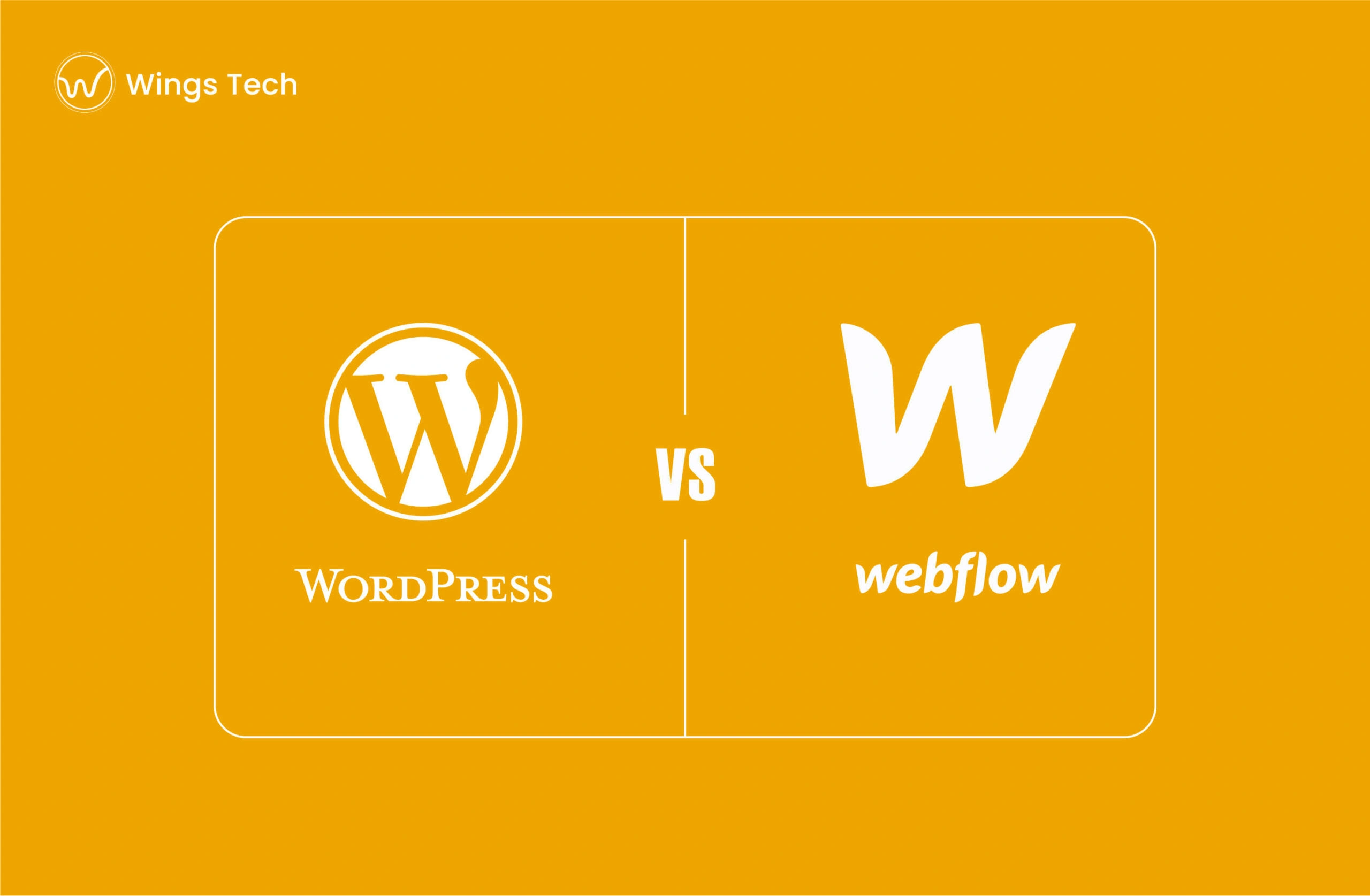
Web development in 2025 isn’t just about creating a website; but it’s about showcasing your unique journey through the internet.…
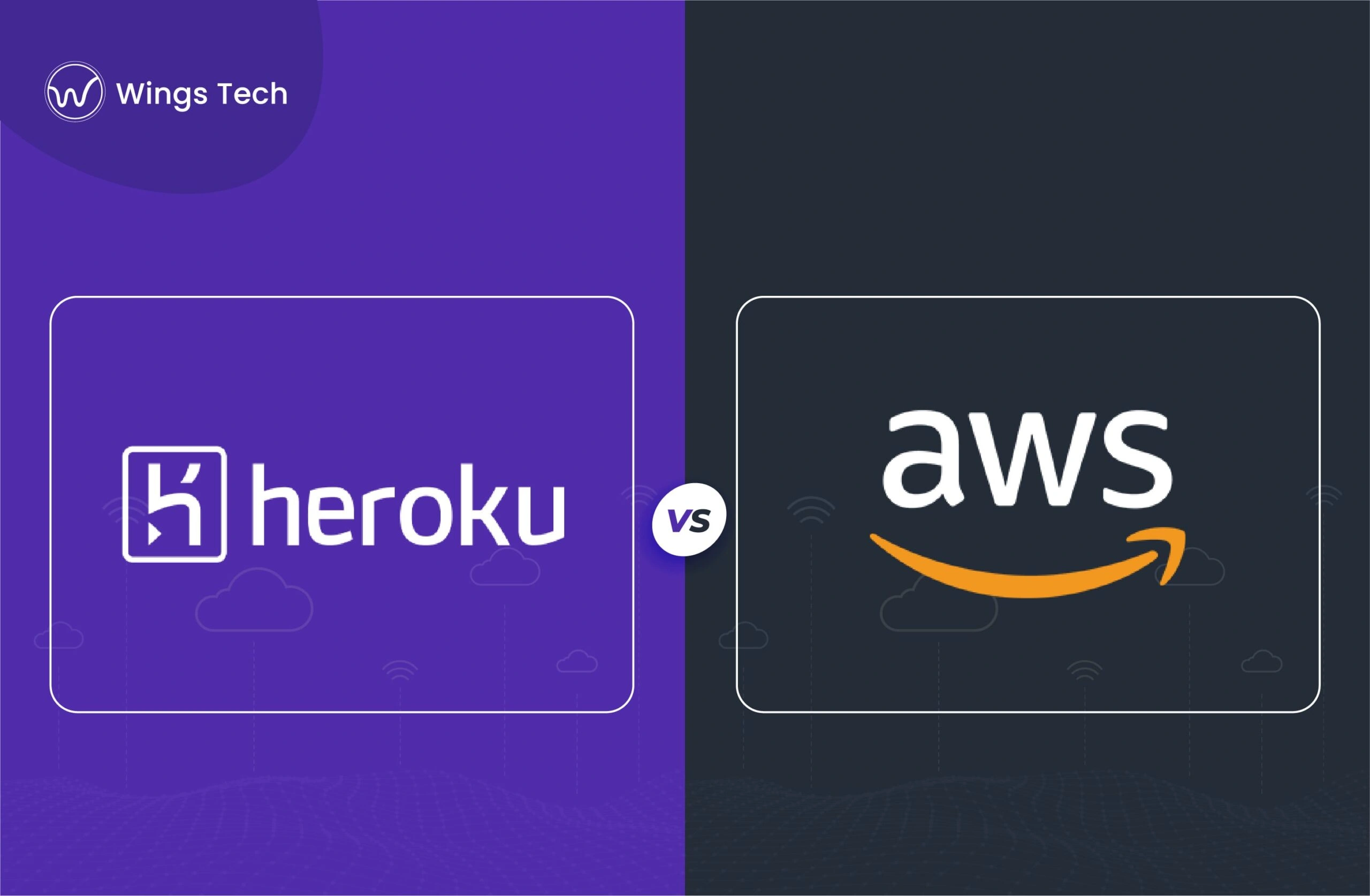
Our lives have already been impacted by the Internet and computer technologies to an extent where we have to stay…
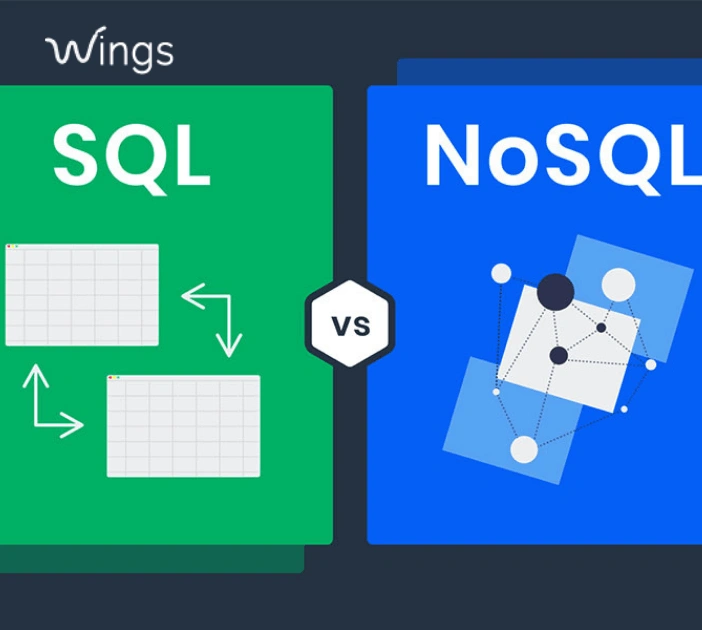
Databases are evolving. As the market is flooded with many types of databases and this creates a dilemma for architects…

Magento and WooCommerce are two trending e-commerce platforms in the market. They both are a pack of punch when it…
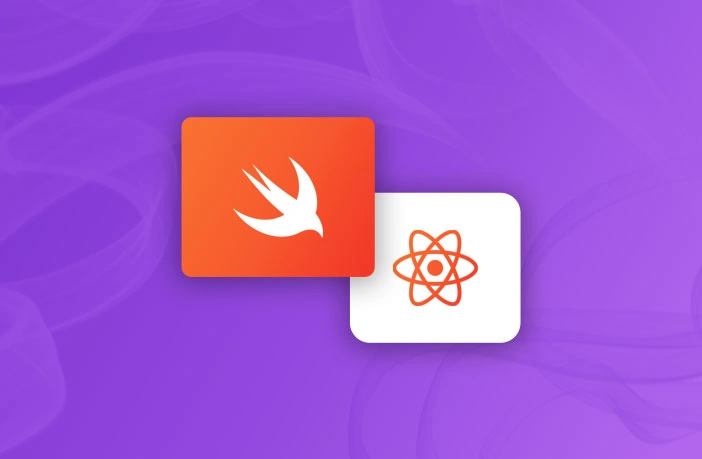
React Native and Swift are both relatively new technologies that support mobile app development for iOS devices. While React Native…
Brampton

Melbourne
© 2026 Wings Tech Solutions Pvt. Ltd. All Rights Reserved.
